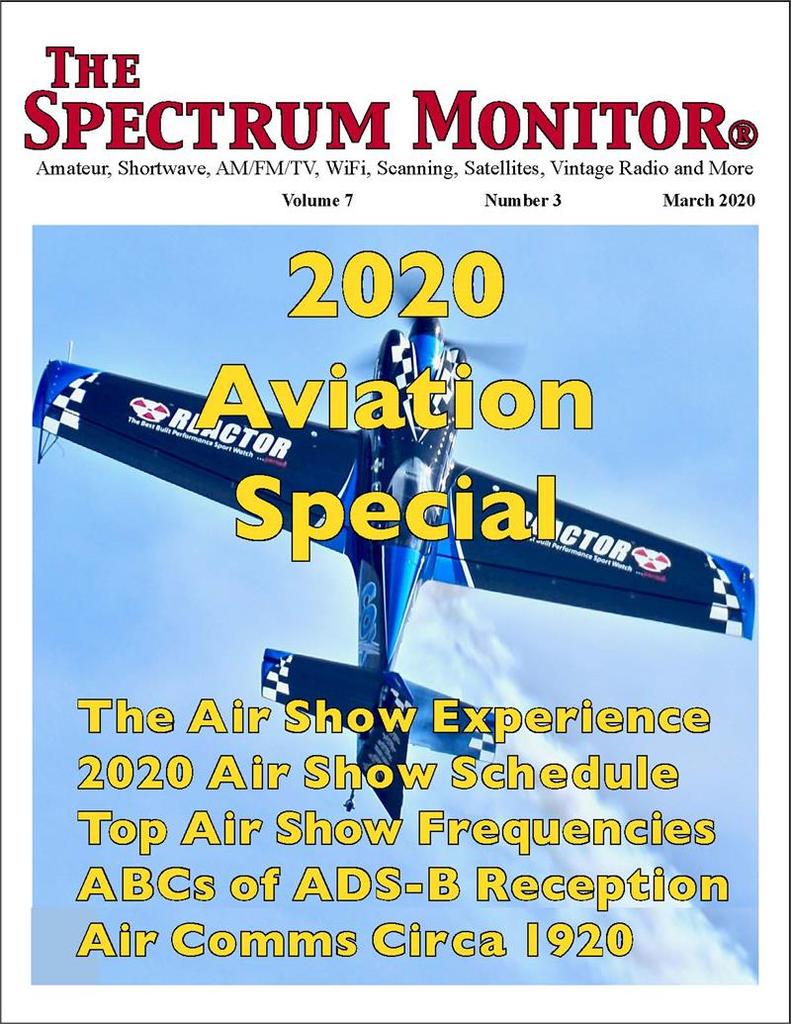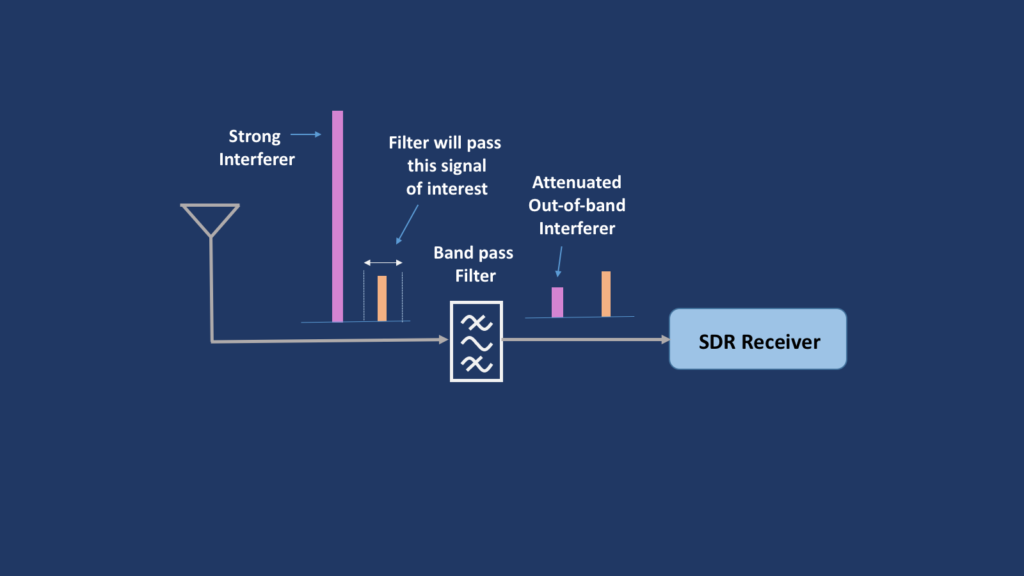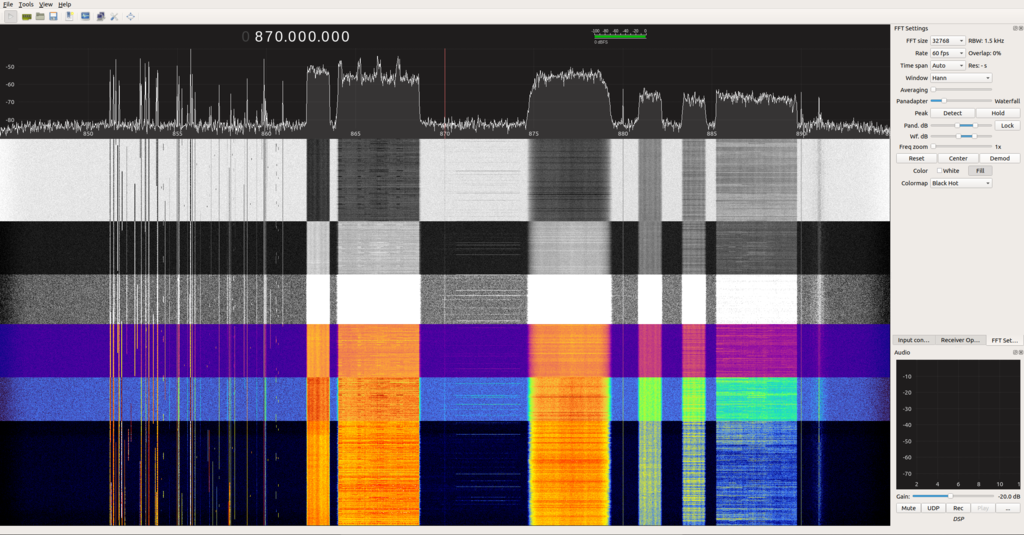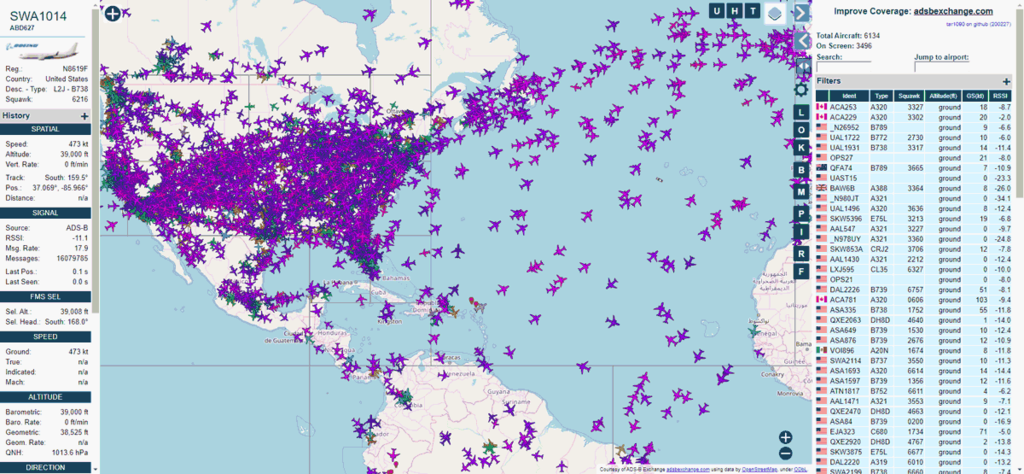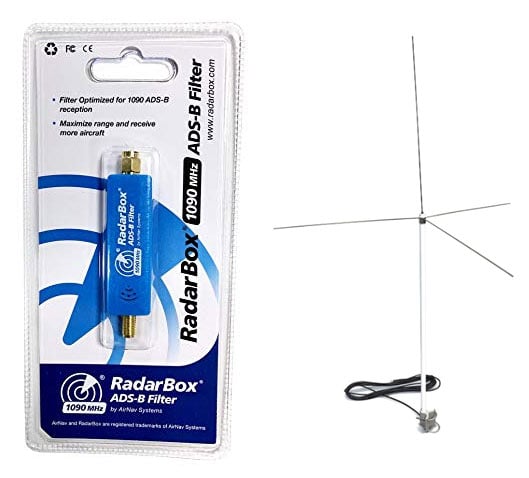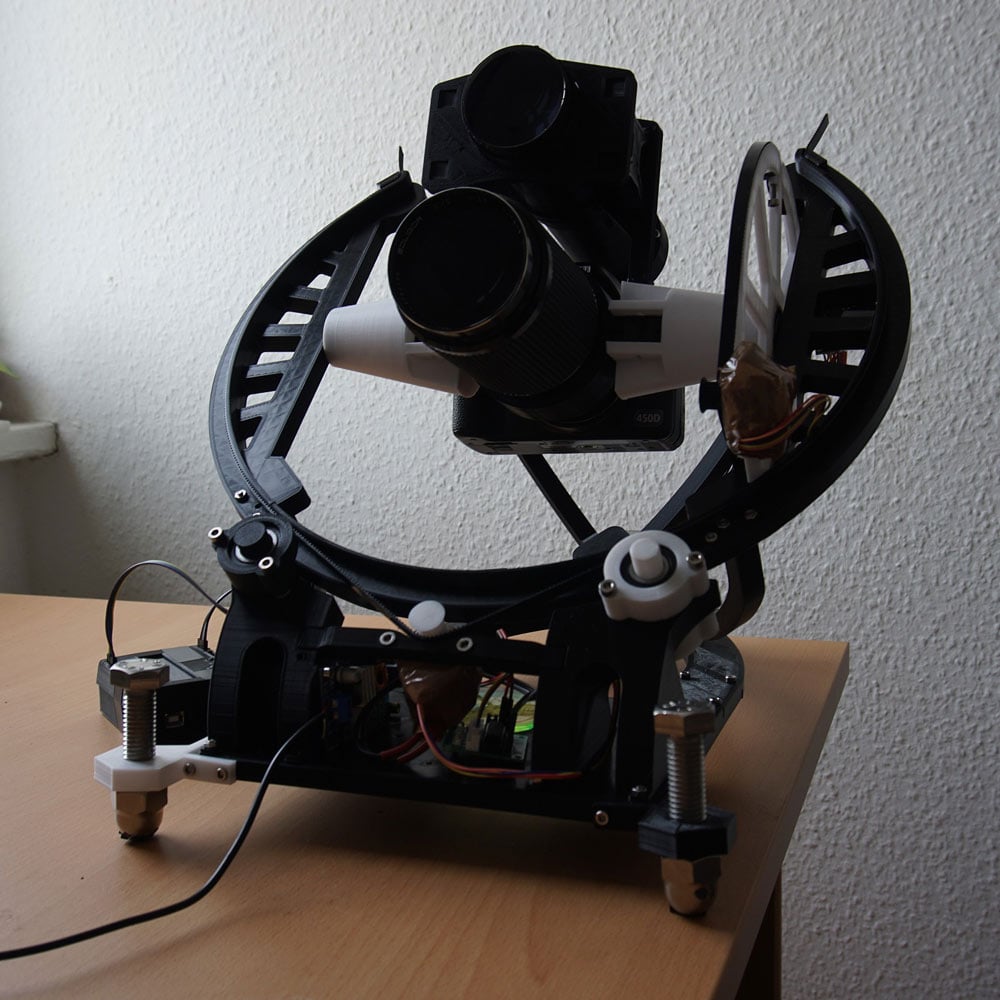The Spectrum Monitor: The ABCs of ADS-B and Airband Reception using Software Defined Radio
Thank you to Mario Filippi (N2HUN, WQWL238) for submitting news about his latest article that has been published in the March 2020 edition of The Spectrum Monitor magazine. The article is titled "The ABCs of ADS-B and Airband Reception using Software Defined Radio", with the description reading:
Ever wonder about all the planes you see in the sky overhead where you live? What flight is that; where is it going; how high and how fast is it? All of these planes transmit on one frequency: 1090 MHz and you can monitor them all as Mario shows us. He tells us what receiver to use, which antenna (hint: you can build a better ADS-B antenna than you can buy), which software to use and how to assemble your own desktop virtual radar screen.
The article isn't free to access as it's published in the Spectrum Monitor magazine, however the magazine only costs $3 and contains a number of other airband related articles too.
